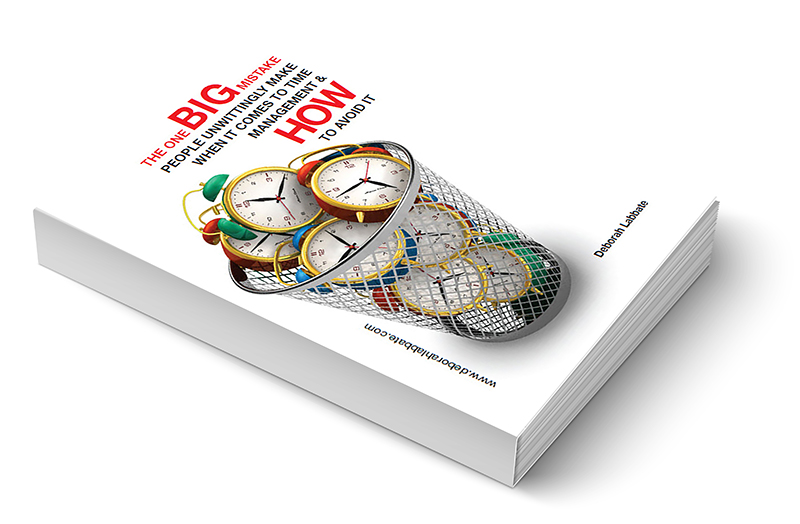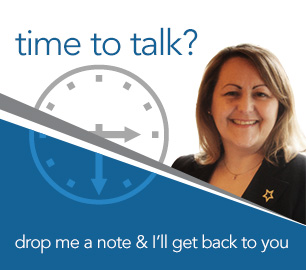There is so much that has been written about time and time management (and I’m sure there will be more in time to come) I really don’t think there’s much I can add but if you would like a copy on my little book on the subject please do get in touch and I’ll be pleased to email you a copy of the eBook version.

It’s a really short read (well you don’t have time for to waste)
I’d say about the time to enjoy one large cappuccino should do it (other beverages are of course available so feel free to make your own choice!)
For now I’ll share this with you as I feel it really does put some perspective on our 24 hours a day . . .
There is nothing exceptionally new here as there is nothing exceptionally new about time.
So I leave you with an article by the famous author Arnold Bennett who is probably best known for two of his books: “Clayhanger Trilogy” and “The Old wives’ Tale”
The article was called “How to live on Twenty-Four hours a Day” and was first published in 1910 and, I believe, holds as true today as ever.
I share this with you in its original form as no summary from me would do justice to such a fine piece of writing.
Please do read this. It may change your life!
“It [time] is the inexplicable raw material of everything. with it, all is possible; without it, nothing.
The supply of time is truly a daily miracle, an affair genuinely astonishing when one examines it.
You wake up in the morning, and lo! your purse is magically filled with twenty-four hours of the unmanufactured tissue of the universe of your life!
It is yours. It is the most precious of possessions. a highly singular commodity, showered upon you in a manner as singular as the commodity itself!
For remark! no one can take it from you. it is unstealable. and no one receives either more or less than you receive.
Talk about an ideal democracy!
In the realm of time there is no aristocracy of wealth, and no aristocracy of intellect. Genius is never rewarded by even an extra hour a day. and there is no punishment. waste your infinitely precious commodity as much as you will, and the supply will never be withheld from you. No mysterious power will say:- “This man is a fool, if not a knave. he does not deserve time; he shall be cut off at the meter.”
It is more certain than consols, and payment of income is not affected by Sundays.
Moreover, you cannot draw on the future. It’s impossible to get into debt!
You can only waste the passing moment. You cannot waste tomorrow; it is kept for you. You cannot waste the next hour; it is kept for you.
I said the affair was a miracle. Is it not?
You have to live on this twenty-four hours of daily time. Out of it you have to spin health, pleasure, money, content, respect, and the evolution of your immortal soul.
Its right use, its most effective use, is a matter of the highest urgency and most thrilling actuality. All depends on that.
Your happiness – the elusive prize that you are all clutching for, my friend! – depends on that.
The supply of time, though gloriously regular, is cruelly restricted.

Which of us lives on twenty-four hours a day? And when I say “lives”, I do not mean exists or “muddles through”.
Which of us is free from that uneasy feeling that the “great spending departments” of his daily life are not managed as they ought to be?
Which of us is not saying to himself – which of us has not been saying to himself all his life: “I shall alter that when I have more time”?
We shall never have more time.
We have, and we always have had, all the time that there is.”
For your personal copy of ‘The One Big Mistake People Unwittingly Make When It Comes To Time Management and How To Avoid It” contact me here with your email address and I’ll get a copy of the eBook version straight to you.








